Dean Karau column: Was Kewanee's Florance Norman Major League Baseball's first female scout?
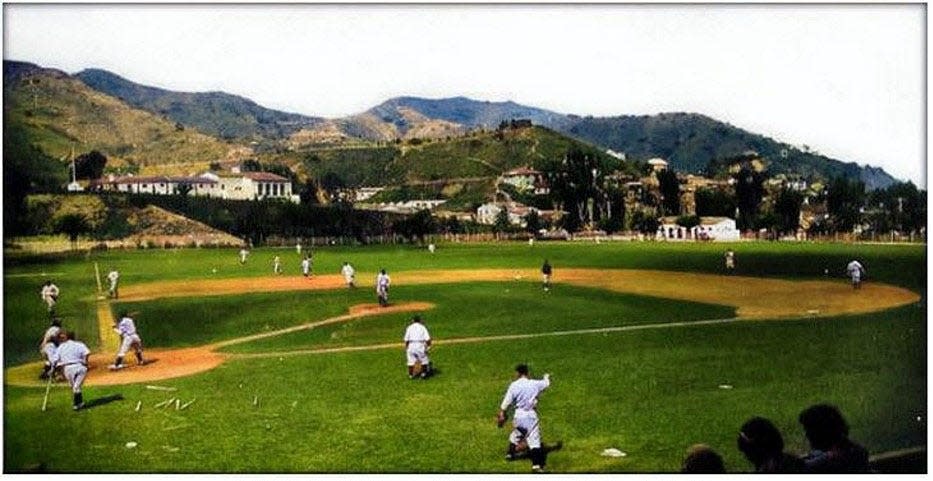
- Oops!Something went wrong.Please try again later.
In 1934, the KEWANEE STAR-COURIER said that Florance Norman had “the right to be classified as Kewanee’s most rabid [Chicago] Cubs’ fan . . . .”
Why?
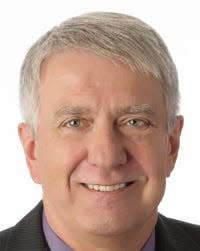
Well, for starters, Florance had driven her own car on the 280-mile round trip to Wrigley Field to see over 60 Cubs’ games the previous six years. As a result, she knew most of the Cubs’ players personally. She even knew a young Bill Veeck, whose father was then president of the Cubs, and who was the one who came up with the idea of planting ivy on the walls of the iconic park a few years later. Most importantly, she got to know Cubs’ Vice President John O. Seys.
Florance’s claim to baseball fame, however, came about as the result of her talent for, er, talent-scouting.
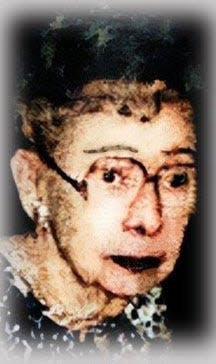
In 1933, the five-foot four-inch, lithe brunette used her acquaintance with Seys to convince him to let her bring a Kewanee home-grown southpaw to Chicago for an informal tryout in front of Cubs’ personnel, including its top minor league manager.
But first, some background.
The 1934 season would be the Chicago Cubs’ 63rd, its 59th in the National League, and its 19th at Wrigley Field. The Cubs regularly challenged for the pennant, having won it in 1932 (and would again win it in 1935 and 1938).
The Cubs’ minor league affiliate’s manager, Jack Lelivelt, would lead the 1934 Los Angeles Angels to a 137-50 record. Many believe that the Angels were the greatest minor league team of all time. The Pacific Coast League in which they played was often thought of as a third major league because of the high quality of players and play.
The Cubs and Angels conducted spring training on Catalina Island off the coast of Los Angeles, on a field replicating Wrigley Field’s dimensions.
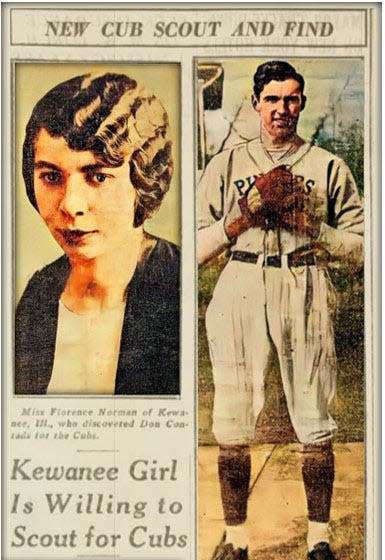
And, to add to the drama, a young Ronald Reagan, later the 40th president, was a sports announcer between 1932 and 1937, and traveled with the Cubs to Catalina Island to broadcast spring training games.
Florance’s sojourns to Wrigley Field usually were on the weekends and on her Thursday off-day from her work as a physician’s attendant at Dr. W. T. Heaps’ office on Tremont Street. (The 60-odd games she attended did not include World Series games.)
Florance, of course, watched a lot of Kewanee baseball, too.
During the summer of 1933, Florance saw a tall, lanky, Don Conrads pitching for the Pinkies Service Inn club in the Kewanee City League. After watching him successfully hurl against the Legion, Odd Fellows, and Elks teams, she was convinced he had professional “stuff.”
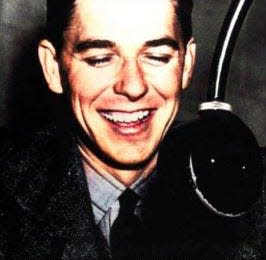
Florance then began sending what she described as a barrage of letters to V.P. Seys, sometimes sending two a week. Florance later said that “[i]t’s a wonder Mr. Seys didn’t pitch me out of the ball park.”
But Florance’s persistence prevailed. Seya relented and let her bring Conrads to Wrigley Field that fall.
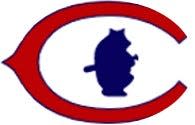
Conrads showed off his stuff to Cubs’ officials and Jack Lelivelt. Florance’s hope was to garner Conrads an invitation to the 1934 Cubs’ spring training on Catalina Island. Conrads, who helped sell himself that day, wound up with the unusual chance of making a spring training trip without ever pitching in a professional ball game. He was on his way to Catalina Island in March 1934.
The 1934 Cubs roster ultimately included familiar names such as pitchers Charlie Root and Lon Warneke; catchers Gabby Hartnett and Bob O'Farrell; infielders Dolph Camilli, Phil Cavarretta, Charlie Grimm, Stan Hack, Billy Herman, and Billy Jurges; and outfielders Kiki Cuyler, Babe Herman, and Riggs Stephenson. It was that caliber of player against whom Conrads would compete.
That winter, Conrads prepared himself, working out daily at the Kewanee Y.M.C.A. His greatest worry was his thinness, but Seys promised that “the fattening process with the baseball diet of steaks and cream at Catalina Island will make it easy.”
Conrads made it to Catalina Island and pitched some during spring training. But he was released before the season began.
Nevertheless, the Star-Courier speculated that Florance, if offered, might be ready to accept a permanent scouting position to search for lefthanders for the Cubs. But Florance said that “[p]robably I wouldn’t do because I get too excited at the games. I yell all the time and my voice doesn’t hold out.”
According to Star-Courier sports writer Bob Westlund, who interviewed her for a 1976 column, “Miss Norman . . . signed four major leaguers from this area in ‘a short career’ . . . .” She told Westlund that “‘[a]t times I’m sorry I didn’t stay with scouting, it was really a fun job. I used to go to banquets and dinners, and ‘Dizzy’ Dean would say ‘well there she is, I better change my stories.’”

Baseball’s loss, however, was the Red Cross’ gain. The Wethersfield high school graduate began working with the Henry County Red Cross chapter in 1937 after having volunteered for a number of years previously. Florance became the chapter’s executive secretary shortly after World War II began and served until 1977 when she retired. She served military personnel over three wars, handling more than 60,000 cases, and she also took part in 11 disaster relief operations. After Florance retired, she continued as an advisor to the chapter’s bloodmobile program.
Florance attended Kewanee’s First Presbyterian Church for 66 years. She was a charter member of Kewanee’s Business and Professional Women’s Club and president of the local chapter of Professional Secretaries International. Florance served on the Henry County Hog Capital Festival Committee, helped organize the Henry County Senior Citizens Center, served on other boards and received number other recognitions, and was a member of the Burns Grange and the Midland Country Club. The traveling trophy given to the Henry County high school class with the highest blood donor turnout was named in her honor.
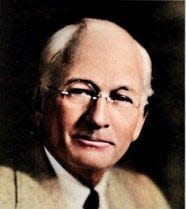
In 1979, the Ambassadors Club of the Kewanee Chamber of Commerce recognized Florance as its Citizen of the Year, the first woman to be so honored.
Florance Norman died November 15, 1982, at the Kewanee Public Hospital. She was a big-time hitter in all aspects of her life, stepping up to the plate when it counted.
Oh, and Florance knew a little bit about baseball, too.
(In answer to the question at the top of the article, MLB says that Edith Houghton and Amanda Hopkins are believed to be the only two women to be full-time professional MLB scouts, although Bessie Largent worked with her husband Roy for the White Sox in the 1920s and '30s. So Florance may not have been the first woman scout, nor the first full-time woman scout.
You can learn a little bit about Edith Houghton in my article, INVENTION OF SOFTBALL LED TO THE BRILLIANT BALLHAWKS, which can be found at my Facebook page, Dusty Roads:®
https://www.facebook.com/dusty.roads.kewanee/photos/pcb.128901018721059/128900858721075/).
This article originally appeared on Star Courier: Dean Karau: Was Kewanee's Florance Norman MLB's first female scout?

